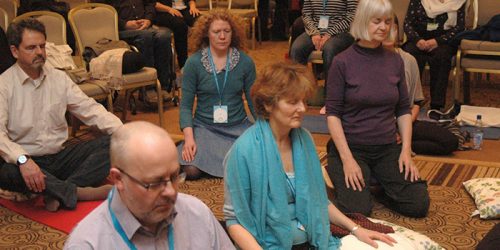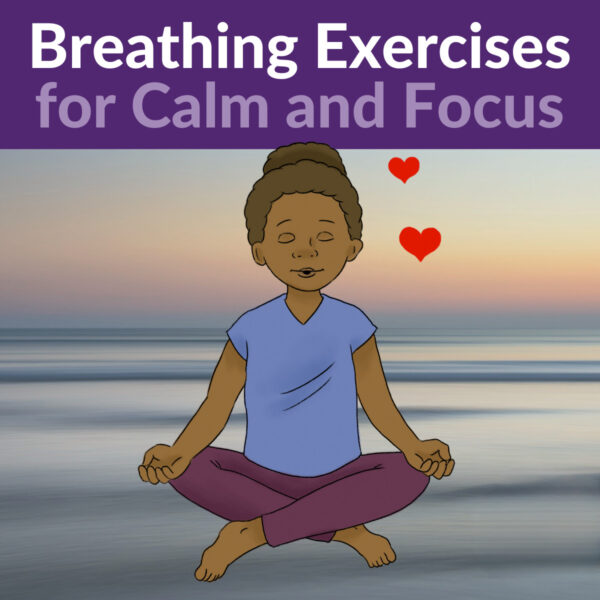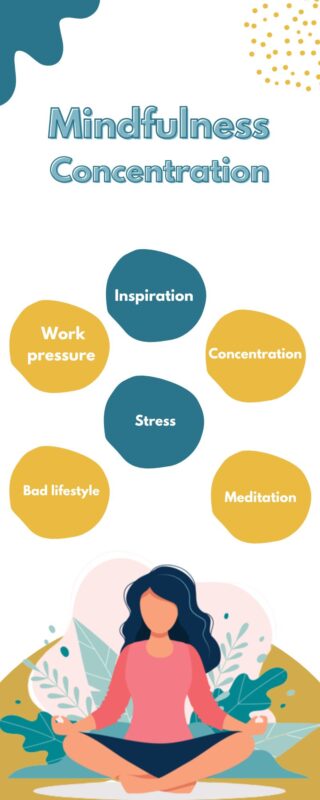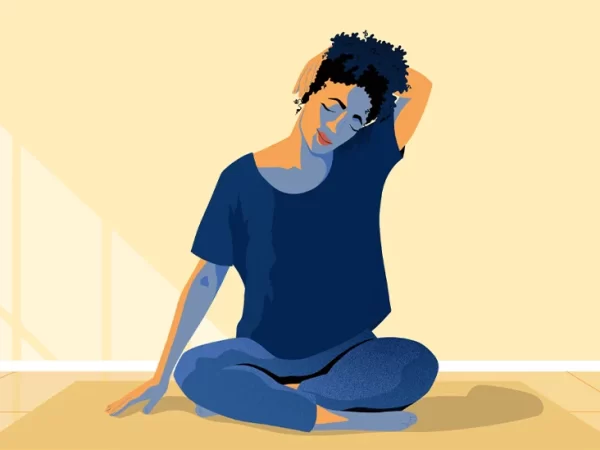Mindfulness is the state of being fully aware of what is happening inside and outside of us, second by second. That is the state of mindfulness. In other words, being in a non-judgmental state with full or heightened awareness of our thoughts, feelings, and experiences. This awareness is made from moment to moment, that is, of what is happening now.
As a modern Western practice, mindfulness is based on modern Zen and Vipassana. The Vipassana movement is a branch of modern Burmese Theravada Buddhism.
It involves the formation of “sati”, which means “moment-by-moment awareness of current events”. It also means “remember to be aware of something”.
Professor Mark Williams
Professor Mark Williams, founder of the Center for Mindfulness Research and Practice at the University of Wales Bangor, said:
“It’s easy to stop paying attention to the world around us. It’s also easy to lose touch with how our bodies feel and end up living ‘in the head’ – getting caught up in our thoughts without stopping. to notice how these thoughts guide our emotions and behaviour.
“”An important part of mindfulness is reconnecting with our body and the sensations it experiences. It means waking up to the sights, sounds, smells and tastes of the present moment. It can be something as simple as the feeling of a ramp when we go up stairs.
Professor Williams is also the Founding Director and Honorary Senior Fellow at the Oxford Center for Mindfulness.

Professor Williams says mindfulness also involves allowing us to see the present moment more clearly. When we can do this, it can have a positive impact on the way we see life and ourselves.
Mindfulness – helps to put the mind at ease
The UK’s NHS says that becoming more aware of the present moment can help people enjoy the world around them. It can also help them understand each other better. NHS stands for National Health Service.
As you become more aware of the present moment, you begin to experience things that you previously took for granted.
Mindfulness also allows you to be more aware of the constant stream of emotions and thoughts you go through. It shows you how we can all get caught up in this flow. Often entanglement happens unnecessarily.
Then you can step back from your thoughts and start viewing patterns. You can train yourself to be aware of when your thoughts are dominant. You are also aware that thoughts are just “mental facts”. These thoughts need not control you.
Thoughts that are hard to let go of
According to Professor Williams:
“Most of us have problems that we find hard to let go of, and mindfulness can help us deal with them more effectively. We might ask, ‘Is it worth trying to solve this problem with how to think again? think?”
“Such awareness also helps us notice signs of stress or anxiety earlier and helps us cope better with them.”
Professor Christiane Spitzmueller, from the University of Geneva, says employees who feel they have no control over their work can replenish their resources by practicing mindfulness.
UK National Institute for Health and Care Excellence
NICE (National Institute for Health and Care Excellence) is a non-ministerial public regulator of the UK Department of Health. It publishes health guidelines.
NICE mentions mindfulness twice in its guidance “Depression in adults – recognition and management.” It recommends:
- “Mindfulness-based cognitive therapy is for people who are currently healthy but have experienced three or more depressive episodes.”
- “Mindfulness-based cognitive therapy should typically be administered in groups of 8-15 participants and consists of weekly 2-hour meetings for 8 weeks and four follow-up sessions within 12 months of completion. treatment.”
Steps to Mindfulness
Five steps to becoming more mindful come from Mindful.org:
-
breathing exercises
Inhale and realize that this is your “inspiration”. Then exhale and be aware that this time is your “exhalation”.
According to Mindful.org:
“Just be aware: that is the in-breath, that is the out-breath. Very simple, very easy. To realize your inspiration is an inspiration, you must bring your mind back to yourself.
“The thing that recognizes your inspiration is your mind, and the object of your mind – the object of your attention – is your inspiration. Mindfulness is always aware of something.

The following quote comes from the Greater Good Science Center at the University of California, Berkeley:
“The easiest way to practice mindful breathing is to simply focus your attention on your breath, inhaling and exhaling. You can do this move while standing, but ideally you should sit or even lie down in a comfortable position.
“Your eyes can be open or closed, but you can more easily maintain focus if you close your eyes.”
-
Concentration
The spirit of following your inspiration from start to finish. If it lasts four seconds, your mindfulness will last four seconds. Do the same as you exhale.

It doesn’t matter how long each short breath lasts. It is important that you are always 100% aware of it. If you concentrate, your breathing will naturally slow down and deepen. You become your inhale and exhale.
-
Be aware of your body
Be aware of your body during inhalation and exhalation. In each breath, focus on your body’s existence and its presence. When you bring the mind back to the body, they merge and become one reality. At this point, you are more aware of the here and now.

MindfulnessExercises.com says the following about body awareness:
“Body awareness exercises help reduce stress by allowing us to be more aware of how the body responds to external stimuli. It can be a meditative practice that strengthens the mind-body connection, allowing you to better regulate the ebb and flow of both, thus acting as a kind of biofeedback tracker. Unofficial.
-
Releasing Tension
When you are fully aware of your body, you will feel a certain level of tension, i.e. pain and tension, in your body.
Pain and stress may have built up over the years. While your body was in pain, your mind wasn’t in the right place to help you get out of it. It is important to know how to release this stress.
You can do it anywhere if you have time. Follow the first three steps mentioned above, then release the tension.

-
Mindfulness while you walk
With walking meditation, you should leave it as it is. You don’t have to make any effort. Enjoy every step as you go.


